Houseplants elevate your home’s ambiance, but some come with a hefty price tag. Expensive houseplants often feature rare qualities like unique colors, intricate leaf patterns, or slow growth rates. As a collector, you continually search for plants that not only add beauty but also value to your collection.
You might wonder why certain houseplants command such high prices. The most expensive houseplants are usually difficult to cultivate and propagate, requiring specific conditions and care. These plants can also serve as luxury status symbols. Knowing which plants are the priciest helps you understand the market and make informed decisions for your indoor garden.
Table of Contents
- Philodendron Spiritus Sancti
- Monstera Obliqua
- Variegated Monstera Deliciosa
- Variegated Philodendron Minima (Rhaphidophora Tetrasperma)
- Pink Princess Philodendron (Philodendron Erubescens Pink Princess)
- Anthurium Veitchii
- Anthurium Clarinervium
- Variegated Alocasia
- Blue Java Banana Tree
- Juliet Rose
- Frequently Asked Questions
- What factors contribute to the high cost of certain houseplants?
- Which rare houseplants are considered the most valuable?
- How do the prices of rare houseplants compare to common indoor plants?
- Which houseplants are considered a worthwhile investment due to their value?
- How does the market for rare and expensive houseplants differ from more common varieties?
Philodendron Spiritus Sancti
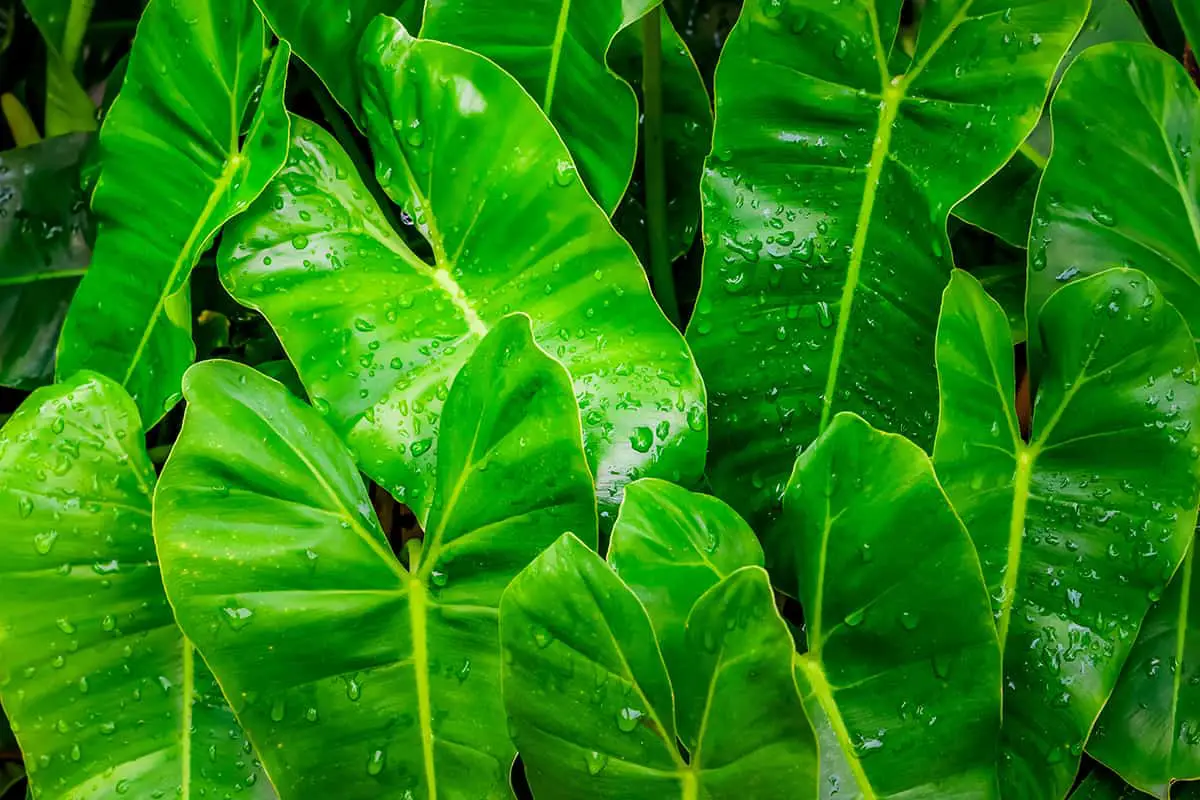
The Philodendron Spiritus Sancti stands among the most expensive houseplants you can own. You recognize it by its long, slender leaves. They create an elegant, tropical aesthetic. This plant is native to a single area in Brazil, making it incredibly rare.
Its rarity commands high prices. A single cutting may cost thousands of dollars. Enthusiasts treasure it for its unique appearance. It is also known for its exclusivity in horticultural circles.
You care for this plant with indirect light and well-draining soil. It thrives in warm, humid conditions. Its care mirrors that of less expensive philodendrons. The Spiritus Sancti’s value lies in its scarcity, not in its care requirements.
This philodendron can become a statement piece in your plant collection. Remember to provide consistent care. It is an investment in both beauty and rarity.
Monstera Obliqua
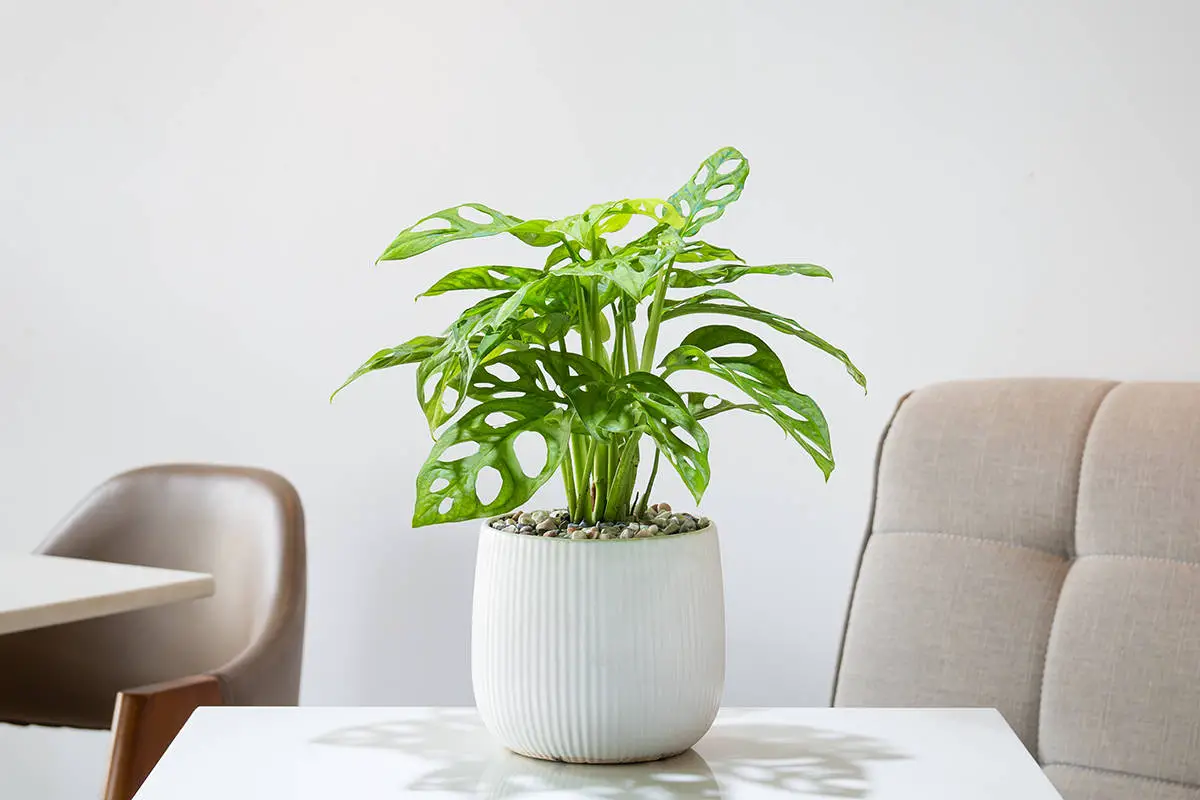
Monstera Obliqua is a rare houseplant. Its delicate leaves have large holes. This feature makes it sought after.
This is among the most expensive houseplants. Its price can reach several thousand dollars. The price depends on leaf pattern and maturity.
Monstera Obliqua requires specific care. You should provide high humidity for this plant. Keep it in indirect sunlight. Water it when the soil is partly dry.
You can propagate the plant. Use stem cuttings from a healthy plant. Place them in water. Roots will grow. Then, plant them in soil.
Few nurseries offer Monstera Obliqua. You might have to search for it extensively. Online plant stores could sell them.
Variegated Monstera Deliciosa
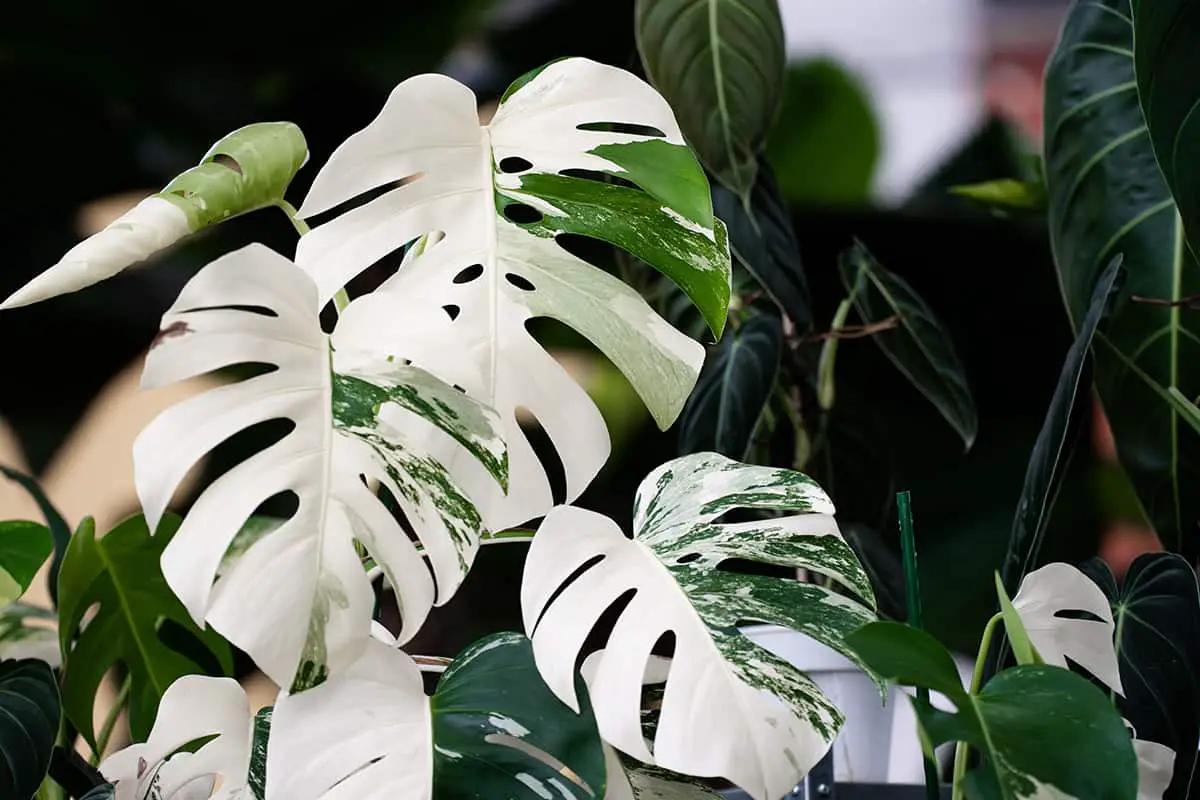
The Variegated Monstera Deliciosa stands as one of the most expensive houseplants you can own. Each leaf is unique, featuring a stunning combination of green and white. These distinctive patterns are due to a rare genetic mutation.
The rarity of the variegation drives its price up. You might pay hundreds to thousands of dollars for a single Variegated Monstera cutting.
Proper care is crucial for this investment. Your Monstera requires indirect light, well-draining soil, and moderate water. Avoid overwatering to prevent root rot.
Your Variegated Monstera’s value may increase over time. Its desirability is due to its exotic appearance and the trend factor in home decor.
Remember, always verify a plant’s authenticity before purchasing. Demand for authentic Variegated Monstera Deliciosa remains high.
Variegated Philodendron Minima (Rhaphidophora Tetrasperma)
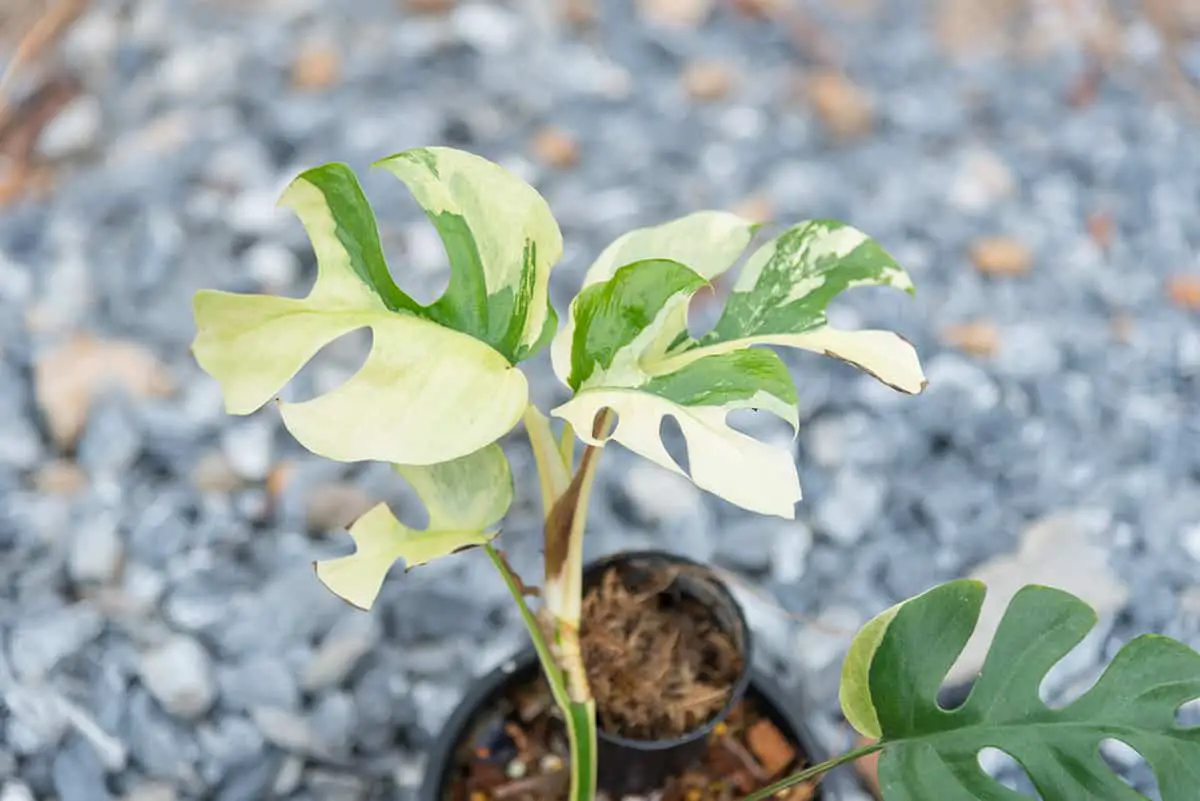
The Variegated Philodendron Minima, also known as Rhaphidophora Tetrasperma, ranks among the most expensive houseplants. You’ll recognize its value by the unique variegation on its leaves. Each leaf displays a mix of green and white, making it a striking piece for your collection.
Demand for this plant has soared, reflecting in its price. As a rare variety, the Variegated Philodendron Minima’s cost can climb significantly. It’s desired by collectors for its miniature, split leaves and the rarity of its variegation pattern. The plant’s care requires attention but remains manageable. It thrives in bright, indirect light with regular watering, but ensure you avoid soggy soil.
The plant is often propagated, which can impact its value. A cutting with a single leaf may fetch a high price, especially if the variegation is prominent. Full plants command larger sums, making them an investment for serious enthusiasts. Its uniqueness and demanding cultivation contribute to its prestige in the houseplant market.
Pink Princess Philodendron (Philodendron Erubescens Pink Princess)
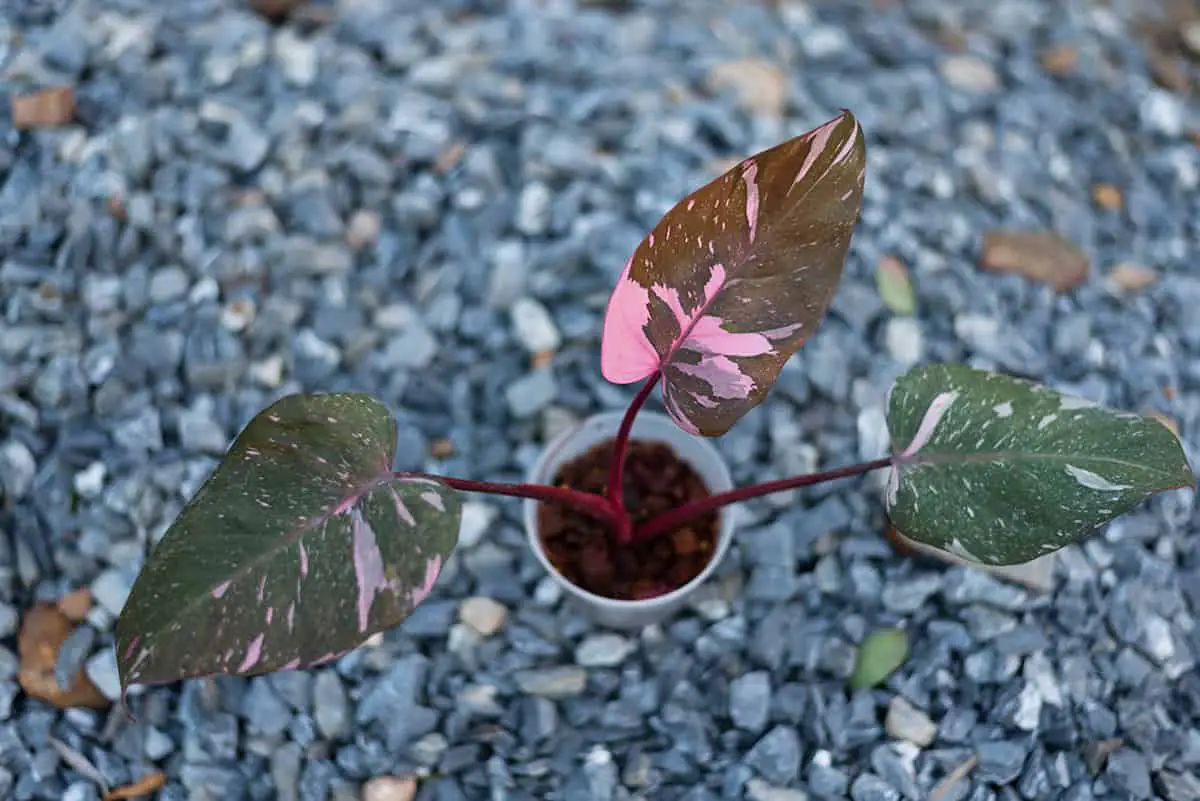
The Pink Princess Philodendron features a striking combination of dark green and pink foliage. You find these houseplants expensive due to their rarity and unique variegation. The plant’s leaves are heart-shaped, and the pink coloration varies from leaf to leaf. Some have a splash of pink, while others may be half or mostly pink.
Caring for your Pink Princess Philodendron requires attention to light and humidity. It thrives in bright, indirect sunlight and high humidity environments. Overwatering can damage the roots, so ensure the soil is well-draining.
This plant can grow up to two feet tall and wide. It’s a slow grower, adding to its rarity and cost. Buyers should beware of scams. Not all pink-leafed philodendrons sold online are genuine Pink Princess Philodendrons.
Anthurium Veitchii
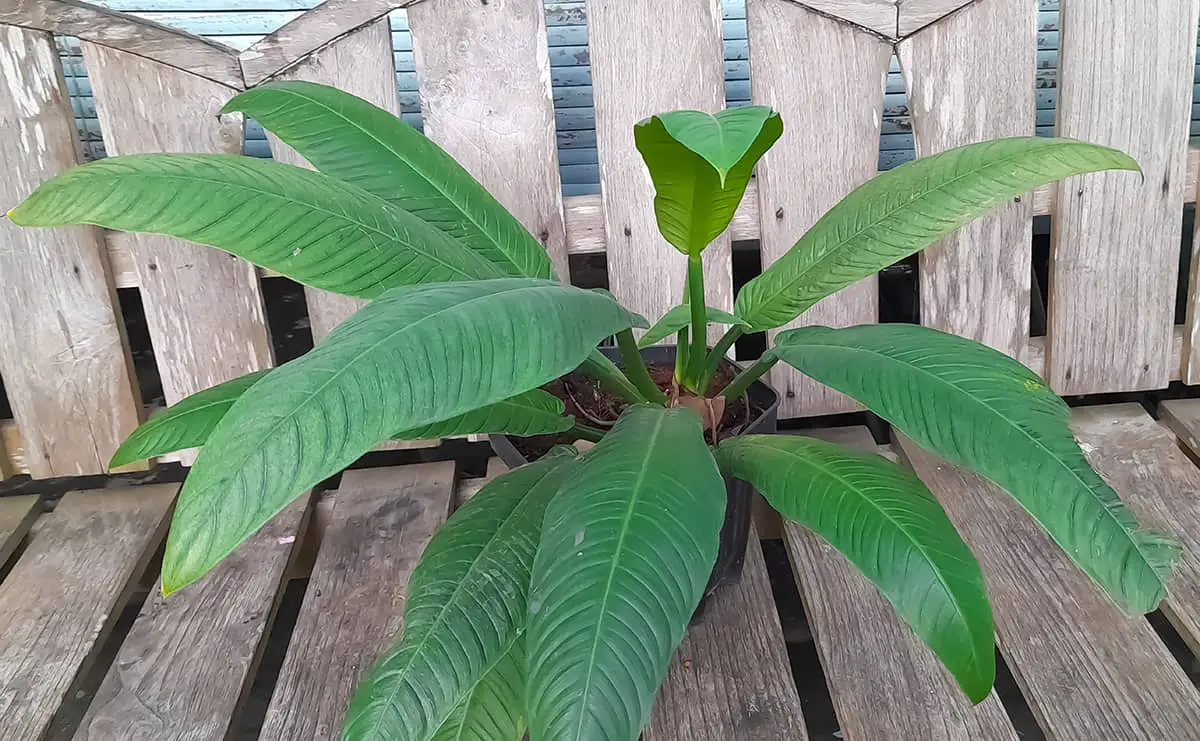
Anthurium Veitchii, known as the King Anthurium, is a tropical plant. It commands high prices in the market. This species boasts long, pendulous leaves. The leaves resemble a green, rippled ribbon.
Your Anthurium Veitchii thrives in warm, humid conditions. It mimics its natural rainforest habitat. Bright, indirect light and consistent watering promote growth. Mind the delicate root system to avoid rot.
The rarity of this plant escalates its value. Cultivated examples can fetch several hundred dollars. Enthusiasts prize the King Anthurium for its dramatic foliage.
Anthurium Clarinervium
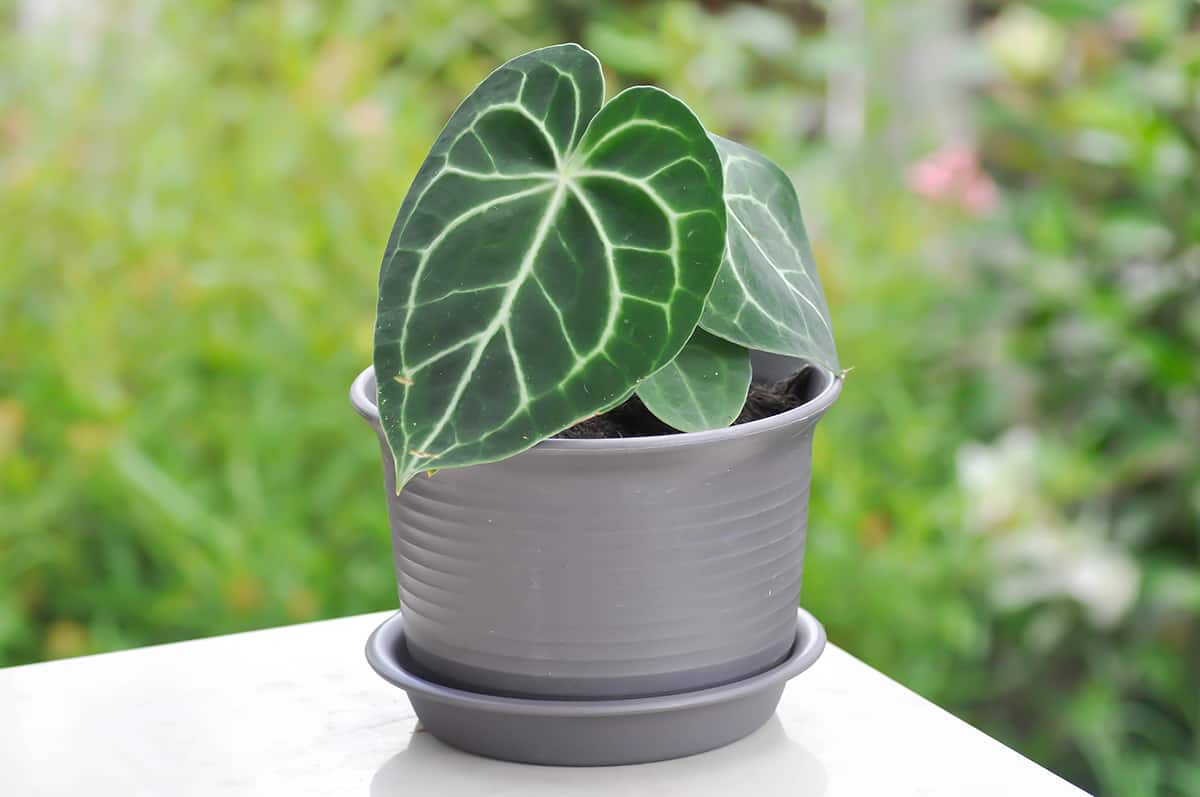
Anthurium Clarinervium is a striking houseplant known for its heart-shaped, velvety leaves. You might find this plant’s vivid white veining against dark green foliage eye-catching. It’s sought after by collectors for these unique aesthetic qualities. This plant originates from Mexico and thrives in warm, humid environments.
Its care requires attention to detail, specifically regarding watering and light. You must water the Anthurium Clarinervium when the top inch of the soil feels dry. Keep it in bright, indirect light. Exposing it to direct sunlight could harm the leaves. Achieving the right balance is essential.
This plant often commands a high price. The cost reflects its rarity and the demand among enthusiasts. A mature plant may sell for several hundred dollars. Smaller specimens can be more affordable but are still a significant investment.
When you choose an Anthurium Clarinervium, ensure a proper environment for its growth. It needs moist, well-draining soil and high humidity. Regular misting, a pebble tray, or a humidifier can help you maintain the humidity.
Variegated Alocasia
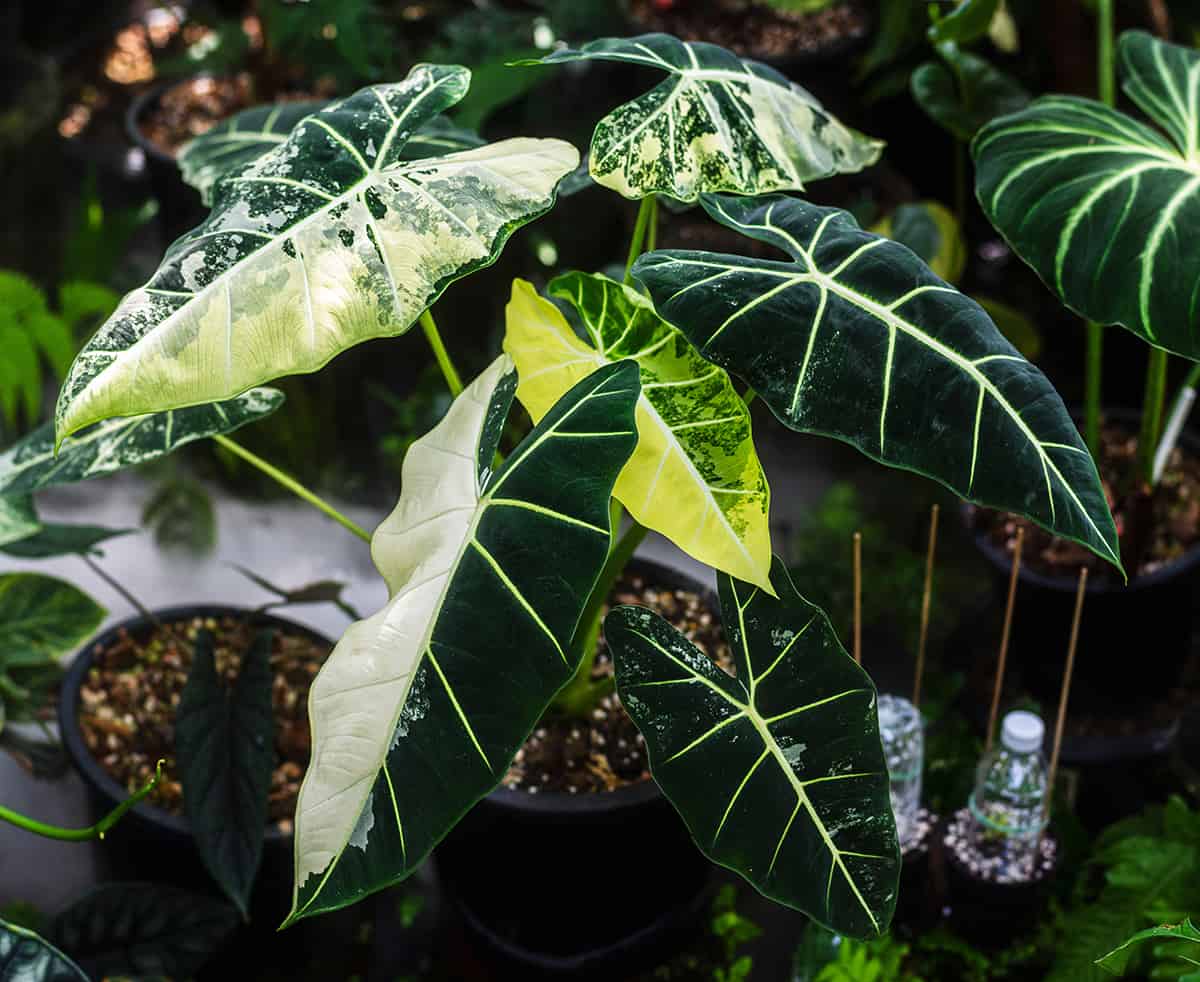
Variegated Alocasias rank among the most expensive houseplants. You’ll recognize them for their striking leaves. Each leaf bears a unique pattern. This makes each plant one-of-a-kind, hence the high value.
These plants demand careful attention. Their needs include well-draining soil and indirect light. Consistent watering is crucial. However, avoid waterlogging the soil.
Variegated Alocasia can be quite rare. This rarity increases their desirability and worth. If you seek an impressive houseplant, they make an excellent choice.
Some varieties fetch high prices. For example, consider Alocasia Macrorrhiza Variegata. It stands out for impressive size and patterned foliage. Another notable variety is Alocasia Azlanii. It boasts deep green leaves with bright veining.
Bear in mind, their cost reflects their beauty and scarcity. Expect to invest not only money but also time and care. In return, you gain an eye-catching addition to your home.
Blue Java Banana Tree
The Blue Java Banana Tree is an exotic plant. It’s known for its unique blue-tinged bananas. These trees are often sought after by enthusiasts. You may find them among the list of pricier houseplants.
This tree offers bananas with a distinctive ice cream-like flavor. The fruit’s texture contributes to its nickname, “Ice Cream Banana.” It’s a tropical plant that requires specific conditions to thrive. It needs both high humidity and temperatures.
You can grow a Blue Java Banana Tree indoors. The process requires patience and effort. The tree’s rarity and maintenance needs contribute to its cost. In comparison to other houseplants, it stands out as an investment.
This tree’s appeal lies in its striking appearance and novelty fruit. The plant enriches your home’s ambiance. It could also be a conversation starter. Its maintenance costs include proper soil, regular watering, and sufficient lighting. These are crucial for its growth.
Juliet Rose
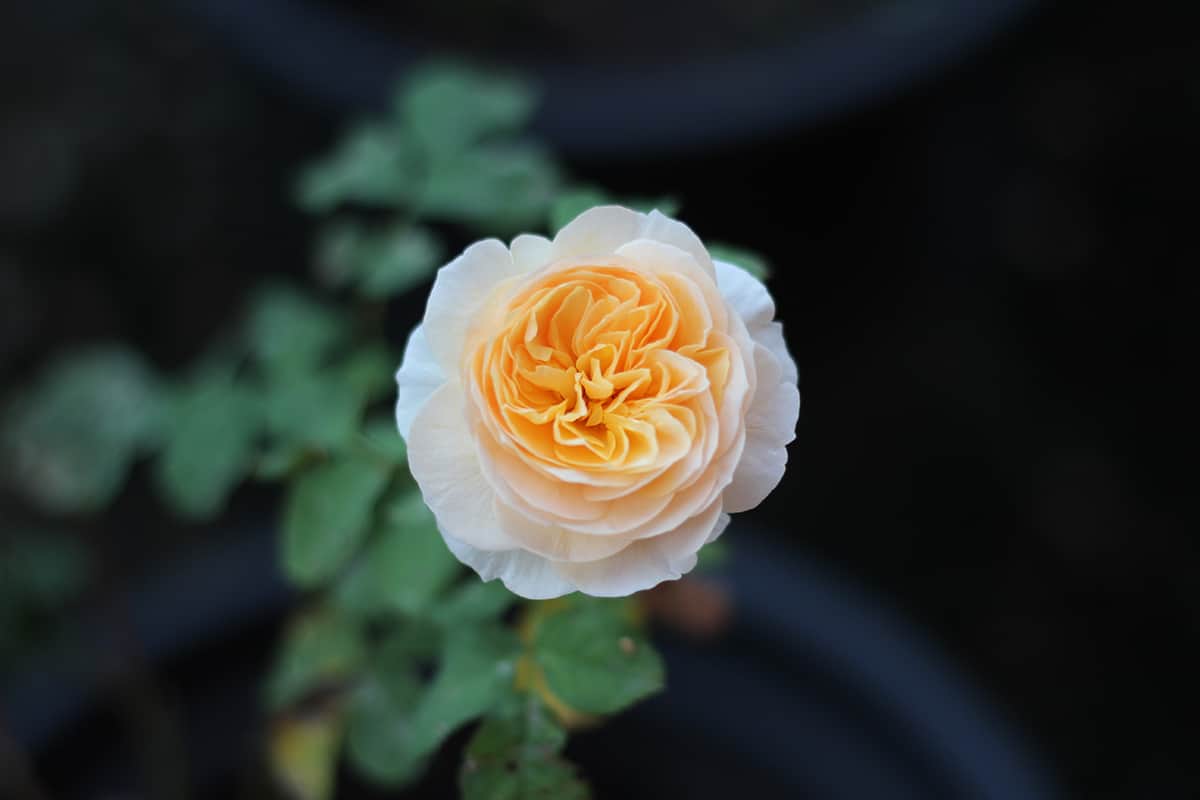
The Juliet rose stands as one of the most expensive houseplants you can acquire. Its monetary value stems from the decades of breeding required to create it. Rose breeder David Austin developed this luxury bloom. He unveiled it in 2006, after 15 years of crossbreeding.
The initial price for breeding rights was over $15 million. This hefty sum is due to its distinctive charm. The rose boasts full, pale peach blooms that exude a subtle, sweet scent. Each petal curls perfectly, embodying a classic cupped shape.
Caring for your Juliet rose involves precise steps. You must provide well-drained soil and ample sunlight. Be vigilant about watering. Your Juliet rose needs moist, but not waterlogged, soil for optimal health. Prune regularly to encourage growth and maintain its stunning appearance.
Frequently Asked Questions
What factors contribute to the high cost of certain houseplants?
Rare houseplants often have high prices due to scarcity, demand, and the time required for growers to cultivate them. Unique traits like variegation or unusual colors add to their value.
Which rare houseplants are considered the most valuable?
The Variegated Monstera Deliciosa and the Rhaphidophora Tetrasperma are among the rarest houseplants. Their striking features and slow growth rate enhance their market value.
How do the prices of rare houseplants compare to common indoor plants?
Rare houseplants can cost significantly more than common indoor plants. Sometimes, a single leaf of a rare plant may sell for the same price as multiple common plants.
Which houseplants are considered a worthwhile investment due to their value?
Investment-worthy houseplants include the Variegated Philodendron and the Alocasia Azlanii. Their value may increase over time if you maintain them well.
How does the market for rare and expensive houseplants differ from more common varieties?
The market for expensive houseplants has a niche audience and higher price points. Rarity and unique plant characteristics drive the market, unlike the common houseplant market.






